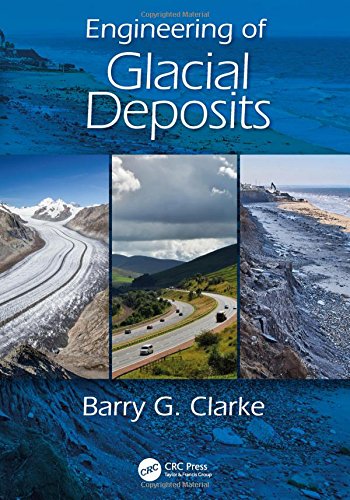

Most ebook files are in PDF format, so you can easily read them using various software such as Foxit Reader or directly on the Google Chrome browser.
Some ebook files are released by publishers in other formats such as .awz, .mobi, .epub, .fb2, etc. You may need to install specific software to read these formats on mobile/PC, such as Calibre.
Please read the tutorial at this link. https://ebooknice.com/page/post?id=faq
We offer FREE conversion to the popular formats you request; however, this may take some time. Therefore, right after payment, please email us, and we will try to provide the service as quickly as possible.
For some exceptional file formats or broken links (if any), please refrain from opening any disputes. Instead, email us first, and we will try to assist within a maximum of 6 hours.
EbookNice Team

Status:
Available5.0
10 reviewsAt some time 30% of the world’s land mass was covered by glaciers leaving substantial deposits of glacial soils under major conurbations in Europe, North and South America, New Zealand, Europe and Russia. For instance, 60% of the UK has been affected, leaving significant glacial deposits under major conurbations where two thirds of the population live.
Glacial soils are composite soils with significant variations in composition and properties and are recognised as challenging soils to deal with. Understanding the environment in which they were formed and how this affects their behaviour are critical because they do not always conform to classic theories of soil mechanics.
This book is aimed at designers and contractors working in the construction and extractive industries to help them mitigate construction hazards on, with or in glacial deposits. These soils increase risks to critical infrastructure which, in the UK includes the majority of the road and rail network, coastal defences such as the fastest eroding coastline in Europe and most of the water supply reservoirs.
It brings together many years of experience of research into the behaviour of glacial deposits drawing upon published and unpublished case studies from industry. It draws on recent developments in understanding of the geological processes and the impact they have upon the engineering properties, construction processes and performance of geotechnical structures. Unlike other books on glaciation it brings together all the relevant disciplines in earth sciences and engineering to make it directly relevant to the construction industry.